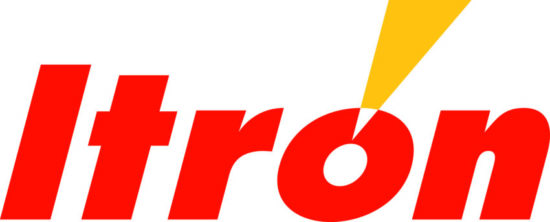Grid resiliency continues to be a top priority for consumers and utilities alike. From the heat wave that pushed the Pacific Northwest’s grid to the limit to California wildfires once again pushing the state closer to blackouts, grid resiliency remains a salient issue.
With climate change accelerating extreme weather events and making them more frequent and intense, ensuring America’s electric grid is ready for whatever challenges lie ahead is critical to our clean energy future.
For this reason, the CleanTech Alliance is conducting a series of interviews with grid experts to get their thoughts on what we need to do to be ready for future threats to our electric grid.
You can read our first interview with Tim Wolf and Carl Imhoff from Pacific Northwest National Lab on our website here.
Our second interview is with Matt Smith, the Senior Director, Grid Management at Itron.
CTA: In your opinion, what is the biggest threat to our power grid?
Itron: The continuing rise in demand for electricity combined with the intermittency that comes with deeper penetration of renewables will cause utilities and cities to rethink their approach for managing the grid to ensure greater resiliency in the face of a changing grid. Additionally, the increasing number of fires and storms impacting the region is a threat to grid reliability and the safety of consumers and workers. Utilities will need to proactively implement technologies and processes to leverage renewable sources – including those at the customer level – to utilize these resources to build greater reliability into the grid.
CTA: What unique natural disasters does the Northwest face that could impact grid reliability?
Itron: How utilities act, prepare and recover from natural disasters is as critical as the severity of storms, which are predicted to increase in frequency and severity over time. Recently, we saw the impact of how a heat wave could impact the Northwest with rolling blackouts implemented to handle the extra demand for power along with power cables for public transportation literally melting from the heat and canceling service. Other natural weather-related events such as wildfires, severe windstorms and droughts have struck the region over the years. Utilities must take proactive steps to plan and prepare for these events in advance to better respond and quickly recover when an event does occur. By integrating technology solutions such as smart meters and distributed intelligence networks, utilities can reduce the number of outages and even the recovery time should there be a loss of power.
CTA: What emerging technologies are you excited about that improve grid resiliency?
Itron: Distributed intelligence technology platforms will assist in building greater grid resiliency whether for a natural disaster, assisting with preventive maintenance or allowing for more autonomous operation when centralized service isn’t available. This technology provides utilities with real-time data to accurately control and manage the grid. The key insights enhance visibility into storm conditions while improving the overall efficiency, reliability and safety of the grid. The real-time data pinpoints locations where there is stress on the grid and how it can be reduced to prevent outages, especially for critical locations such as hospitals.
Analytical insights are essential to understanding the flow of power across the grid. Advanced metering infrastructure (AMI), harnessing industrial IoT technology, provides intelligent connectivity. The smart meter network can inform utilities of outages and issues before the customer, so companies can act proactively and quickly resolve issues. For instance, analytics can assist in determining if an electrical wire is about to fail or if there is a branch that is coming in contact with it, etc. With preventative vegetation management and monitoring, utilities are less likely to experience multiple power interruptions during a storm and can be alerted to an issue even before it even occurs.
These technologies allow utilities to manage the network and power flow to enable better grid efficiency and resiliency.
CTA: How important is battery storage going to be in the coming years?
Itron: In the coming years, battery storage will only rise in importance as more and more renewables come online. Storage can help with providing ancillary services to the grid to manage intermittency as well as providing load shifting services. As more consumers install solar, EV charging stations and batteries at their home, these devices can become a source of power for utilities if there were to be an outage or imminent issues due to peak demand. Smart meters can detect if there is a battery on the premise that can support the home or sell that power back to the grid. In this case, the load on a transformer is reduced or the consumer continues to have power regardless of a storm’s impact.
CTA: How is your organization planning for grid resiliency and mitigating potential outages?
Itron: Itron is working directly with utilities to provide smart metering and distributed intelligence technologies to deliver better visibility and control out to the edge level of the service area – to each consumer location. These meters can help manage the power demand to relieve and prevent overload on the transformer, a critical point as more consumers purchase and install EV charging stations at home and weather events such as heat waves occur more frequently.
Thanks again to Mike Smith and everyone at Itron for answering our questions. Stay tuned for more interviews in our series about grid resiliency.
